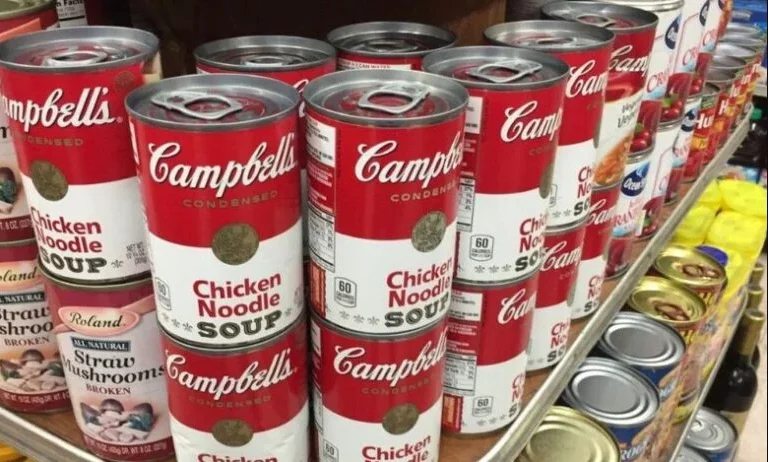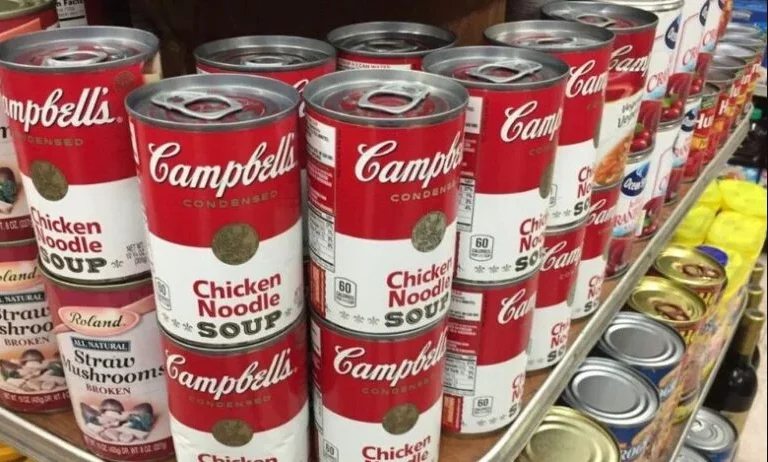Campbell’s Soup has been a household name in America for nearly two centuries. But now, this beloved brand is facing a potentially grim fate. The reason? Consumer preferences are changing, and people are moving away from processed foods like Campbell’s traditional offerings.
In an attempt to keep up with the times, Campbell’s tried to expand its product line through acquisitions. However, this move came with a hefty price tag – a staggering $9 billion debt that has been weighing the company down.
As if that wasn’t enough, Campbell’s is also dealing with an internal power struggle. The Dorrance family, who owns 40% of the company’s shares, find themselves at odds with Daniel Loeb of Third Point, who holds around 7% of the stock. Loeb is pushing for radical changes, including rebranding and altering Campbell’s iconic red and white cans. This has led to legal disputes over alleged mismanagement.

Recently, there has been a glimmer of hope for Campbell’s. The company has agreed to appoint two directors proposed by Third Point, signaling a potential shift in strategy as they fight to stay afloat.
The closure of Campbell’s Soup would not only be a devastating blow to its loyal consumer base, but also a clear sign of the changing tides in consumer preferences. To survive and remain relevant, Campbell’s must be willing to adapt and overhaul its business model.
This situation serves as a valuable lesson for other long-established brands. Balancing tradition with innovation is key in navigating the ever-changing landscape of consumer-driven markets.
So, will Campbell’s Soup be able to turn things around and secure its spot in the pantries of Americans for generations to come? Only time will tell. But one thing is clear – the stakes are high, and the pressure is on for Campbell’s to find its way in this new era of food choices.





